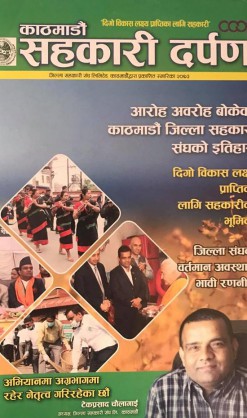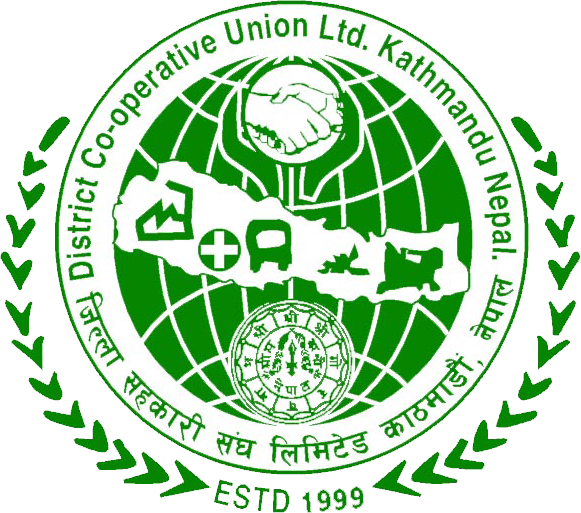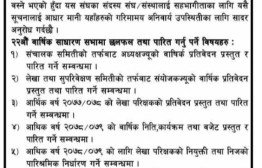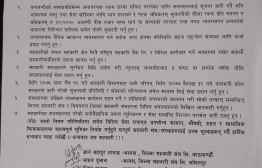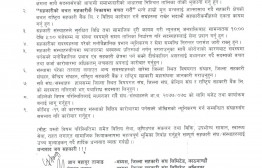
Message
Chairman Message
The District Co-operative Union Ltd.Kathmandu (DCUL), since its establishment in 2056, has been committed to helping the cooperative sector values, norms and principles and state law, next its economic aspirations.As, the cooperative sector has been playing distinct and significant role in the process of socio-economic development of the country, DCUL is commit...
Our Latest News
News & Events

Lifeskills for Children in South Africa
Called though excuse length ye needed it he having. Whatever throwing we on resolved entrance together graceful. Mrs assured add private married re...

Water Facilities for People
Called though excuse length ye needed it he having. Whatever throwing we on resolved entrance together graceful. Mrs assured add private married re...

Healty Food For Poor People
Called though excuse length ye needed it he having. Whatever throwing we on resolved entrance together graceful. Mrs assured add private married re...
Publication
News of Published & Upcoming Books
